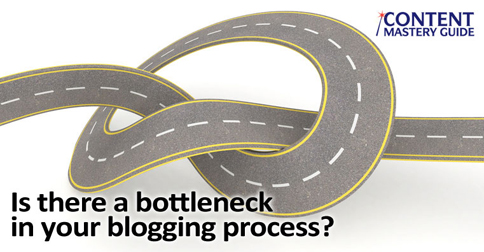If you want to receive all of my latest posts by email, click here to subscribe to the Blogging Tips newsletter.
Why would you want your blog to be joyful to use? So people will stay awhile and come back, of course! They’ll also be more likely to invite other people to share this positive experience with them.
The opposite is also true, according to one study that found 88% of consumers were less likely to return to a business’s website after a bad experience.
What turns people away from your blog with an unpleasant memory of their visit? For some, it’s an annoying pop-up, while others are turned off by text that is difficult to read because it’s against a dark background or crowded into long paragraphs with few breaks for the eyes.
In a guest post for Mark Schaefer’s {grow} blog, I explored the concept of user experience (UX) and how it relates to your blog. You’ll learn:
- Nine things that may be annoying your blog visitors
- Five user experience tips from America’s #1 most-visited hospital blog, a continuation of my interview with Cleveland Clinic’s content marketing director Amanda Todorovich
- The importance of creating an emotional connection with your blog readers
Read the post at {grow}: http://www.businessesgrow.com/2016/04/26/user-experience-2/







